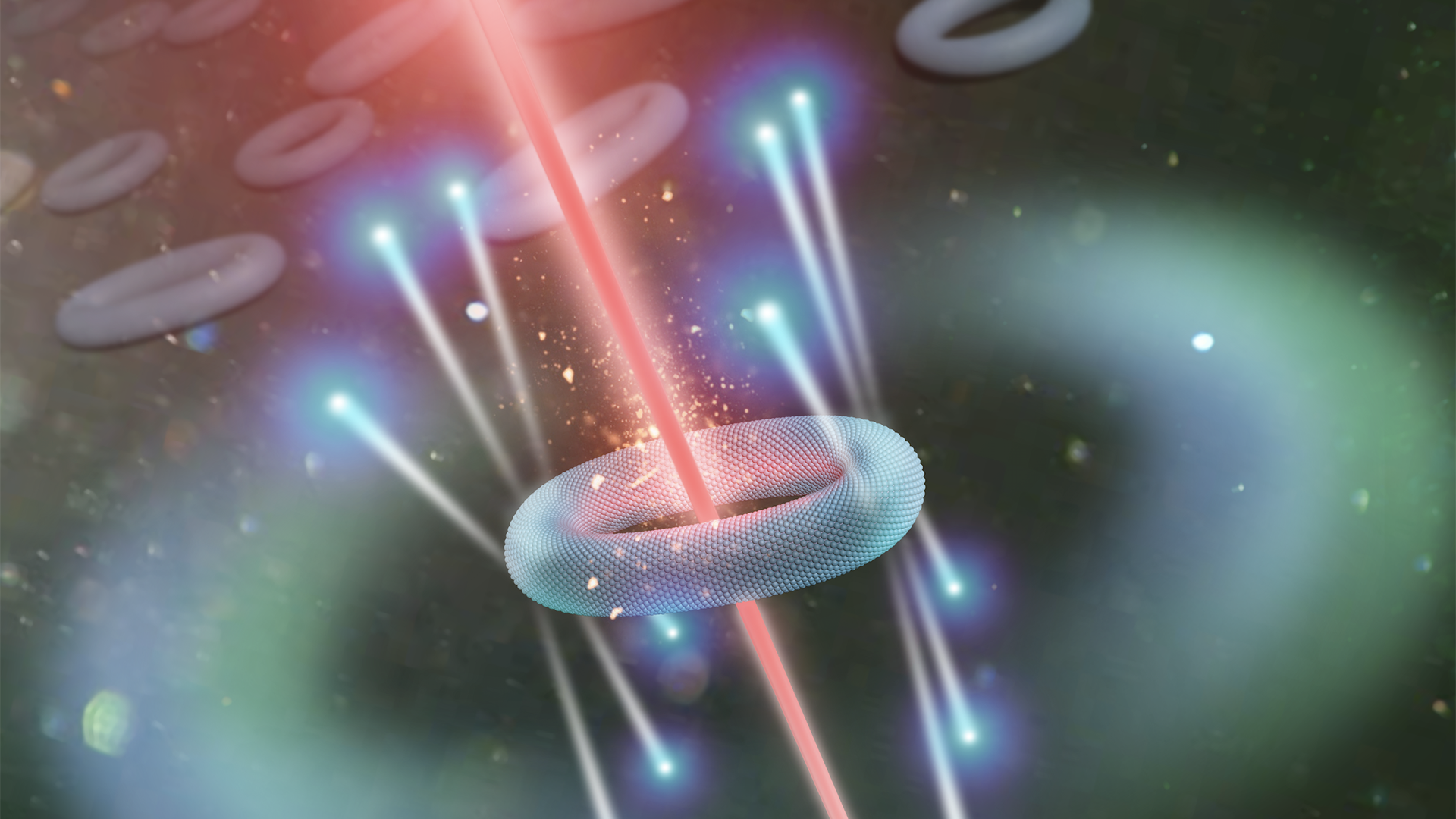In recent years, there has been an increasing interest in developing distributed quantum networks that combine the advantages of different quantum systems to complete complicated tasks in quantum information processing. Distributed quantum networks require the development of individual quantum systems both in the microwave and optical domains, as well as their interconnection. Despite the rapid development of microwave qubits based on superconducting technologies, deterministic optical single-photon sources are still underdeveloped. High-efficiency quantum interconnections between these systems are also missing because of the huge frequency difference between superconducting qubits and optical photons. Most importantly, comprehensive facilities that simultaneously host a variety of different quantum systems and enable their transduction are still lacking.
In the Center for Nanoscale Materials at Argonne, we are developing key technologies that address the two grand challenges facing the distributed quantum network community. In the first scientific thrust, we are developing non-classical optical photon sources based on semiconductor nanomaterials. To optimize the emission properties of the nanomaterials, we are integrating them with photonic structures to reduce undesirable charge carrier recombination processes. In the second scientific thrust, we are developing integrated opto-magnonic quantum transduction systems to convert quantum information between the microwave and the optical domains. To optimize the transduction efficiency, we will explore the rich light-spin interaction physics and various engineering approaches.
We are also developing a centralized user lab, the Quantum Entanglement and Transduction (QET) Lab, which addresses the major tool requirements for advancing hybrid quantum network technologies. The QET Lab is being equipped with design, fabrication and characterization capabilities that cover microwave, terahertz and optical domains. It will offer quantum optics and transduction characterization tools that enable a broad range of user science, including the development and measurement of optical and spin qubits, as well as quantum transduction systems. New tools developed in the first project year include a photo-correlation microscope and a magneto-electro spectrometer. With these new tools, we are witnessing a rapidly growing user base for the QET Lab.
Recent publication: Nicolai F. Hartmann, Matthew Otten, Igor Fedin, Dmitri Talapin, Moritz Cygorek, Pawel Hawrylak, Marek Korkusinski, Stephen Gray, Achim Hartschuh, and Xuedan Ma, Uniaxial transition dipole moments in semiconductor quantum rings caused by broken rotational symmetry, Nature Communications 10, 253 (2019).
